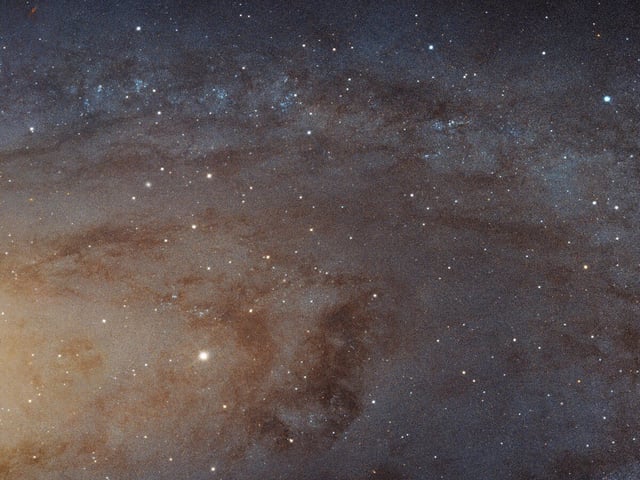Overview
- The Hubble Space Telescope mapped 36 dwarf galaxies orbiting Andromeda, creating a precise 3D model and reconstructing their star formation histories over 13.8 billion years.
- Unlike Milky Way satellites, many of Andromeda's dwarf galaxies continued forming stars for much longer, defying predictions from computer simulations.
- Around half of these dwarf galaxies are aligned on the same plane and move in the same direction, a surprising and unexplained configuration.
- Andromeda's dynamic history, including a possible major merger 2–5 billion years ago, may explain its diverse and perturbed satellite system.
- The findings highlight the diversity of low-mass galaxy evolution and challenge the assumption that Milky Way satellite galaxies are representative of others in the universe.



